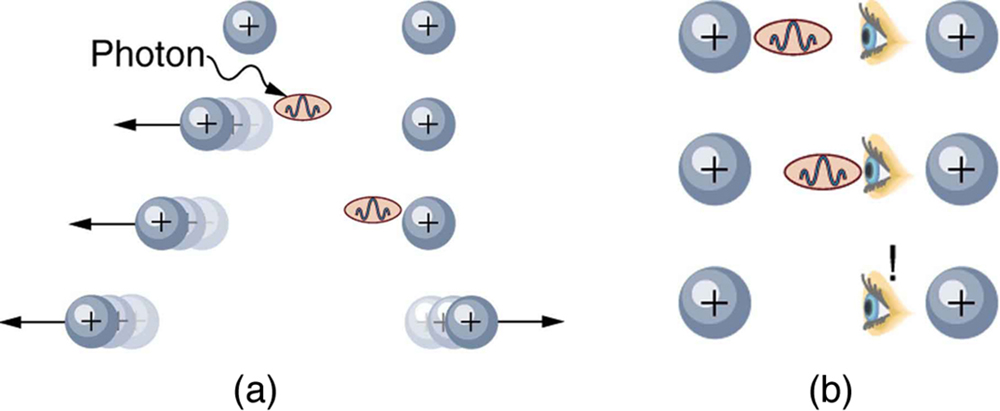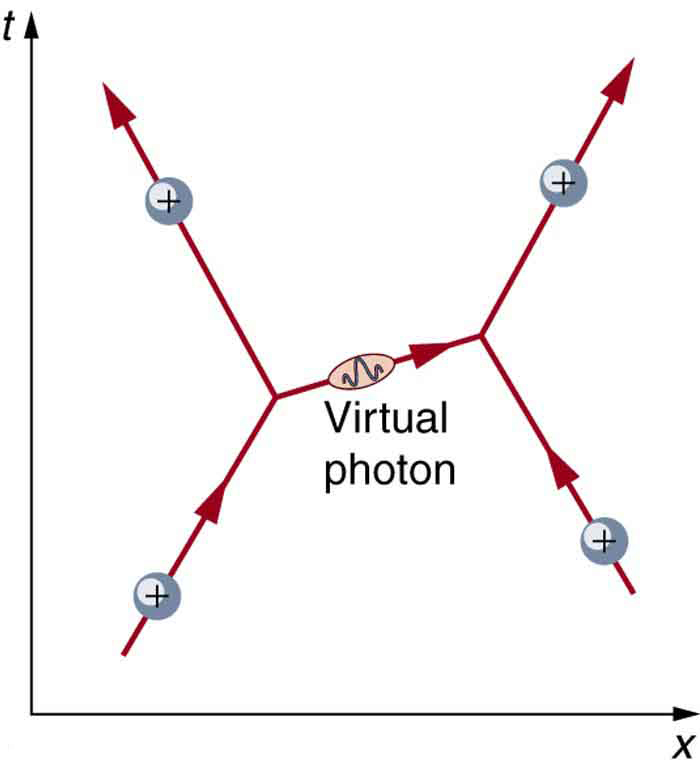| << Chapter < Page | Chapter >> Page > |
By the end of this section, you will be able to:
The information presented in this section supports the following AP® learning objectives and science practices:
As first discussed in Problem-Solving Strategies and mentioned at various points in the text since then, there are only four distinct basic forces in all of nature. This is a remarkably small number considering the myriad phenomena they explain. Particle physics is intimately tied to these four forces. Certain fundamental particles, called carrier particles, carry these forces, and all particles can be classified according to which of the four forces they feel. The table given below summarizes important characteristics of the four basic forces.
| Force | Approximate relative strength | Range | +/− + attractive; ‑ repulsive; both. | Carrier particle |
|---|---|---|---|---|
| Gravity | + only | Graviton (conjectured) | ||
| Electromagnetic | Photon (observed) | |||
| Weak force | (observed Predicted by theory and first observed in 1983. ) | |||
| Strong force | Gluons (conjectured Eight proposed—indirect evidence of existence. Underlie meson exchange. ) |


Although these four forces are distinct and differ greatly from one another under all but the most extreme circumstances, we can see similarities among them. (In GUTs: the Unification of Forces , we will discuss how the four forces may be different manifestations of a single unified force.) Perhaps the most important characteristic among the forces is that they are all transmitted by the exchange of a carrier particle, exactly like what Yukawa had in mind for the strong nuclear force. Each carrier particle is a virtual particle—it cannot be directly observed while transmitting the force. [link] shows the exchange of a virtual photon between two positive charges. The photon cannot be directly observed in its passage, because this would disrupt it and alter the force.

Notification Switch
Would you like to follow the 'College physics for ap® courses' conversation and receive update notifications?